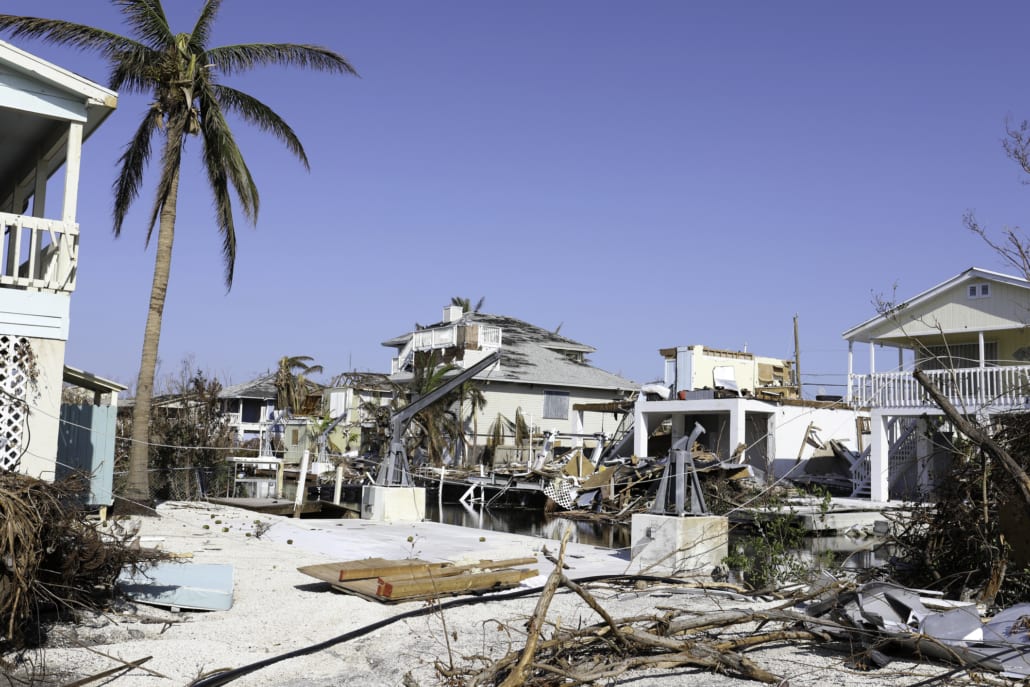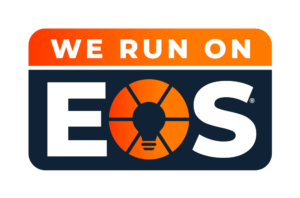hurricane response, covid19 hurricane response plans
How COVID-19 Complicates Hurricane Response Plans
06/23/2020 | By Tim Karney
“Landfall is expected here in the next four or five hours. You can expect an enormous storm surge along the coast and significant damage from hurricane force winds throughout the area”
You look around the EOC. Normally, this place would be a beehive of activity during a storm like the one described. But several key personnel are quarantined at home due to the coronavirus. Those who remain are sitting at least six feet apart and wearing masks.
Your team has managed these types of incidents many times before, but this time is different.
COVID-19 will have a major impact on how the response to disasters such as hurricanes will be managed during the pandemic. Here are just a few of the challenges responders will face.
Key Personnel and Volunteers
Many of the people that would normally play critical roles during a disaster may be out sick or afraid to participate in response efforts. In addition, with schools shut down, they may have difficulty arranging for childcare.
Mutual Aid Agreements
Virtually all emergency response plans rely on mutual aid agreements with other organizations outside the impacted area. But partner organizations may be fully engaged in handling the pandemic and regular operations.
Medical Evacuations / Medical Transport Solutions
Responders faced with the prospect of providing medical evacuations or transfers of large numbers of patients from a nursing home or hospital will find themselves in a very difficult position.
The pool of available ambulances and EMTs may already be overwhelmed handling regular medical emergencies, injuries from the storm, and COVID-19 patients.
But utilizing multiple patient transport vehicles such as school or metro buses that have AmbuBus Conversion Kits installed may risk transporting patients that have COVID-19 with patients that have not been exposed to the coronavirus.
If you wait to transport every patient in a single patient ambulance which has been disinfected between trips, you may leave patients in harm’s way from the storm.
If time allows, it might be possible to transport known COVID-19 patients in single patient ambulances and then screen patients who do not exhibit symptoms of the coronavirus using temperature scans, etc.
If some patients show signs of COVID-19 but it has not been confirmed by tests and not enough ambulances will be available in time, responders could isolate and transport them in a smaller multiple patient vehicle such as a Sprinter or Transport van equipped with an AmbuBus Quick Response Transport (QRT) Conversation Kit. Each QRT can handle between three and six patients in a single trip.
Social Distancing in Shelters
Unless social distancing can be maintained in shelters, these havens for evacuees may be breeding grounds for another wave of the coronavirus. The problem is, we have traditionally put cots side by side in shelters to squeeze in as many people as possible.
An alternative to having a single level of cots would be to “stack” family groups vertically while maintaining more than six feet between each vertical unit. AmbuBus Conversion Kits can be set up freestanding in any shelter when not being used for multi-patient medical evacuations.
Each frame can hold six stretchers for temporary sleeping quarters so six people can be accommodated in a space that would normally hold three.
Disinfecting Shelters and Vehicles
Having enough shelters and ambulances is one problem. Reducing the risk of infection in them is another.
Disinfection of large areas like shelters and frequent disinfection of public safety vehicles can be handled quickly with any EPA registered disinfectant and the right spraying equipment.
First Line Technology offers a number of electrostatic sprayers and foggers as well as the DeconKeg, a pressurized sprayer specifically designed for large scale disinfection and decontamination.
Select the right sprayer for your needs.
Transportation of Essential Supplies
States are constantly changing their disaster declarations, waivers and restrictions due to both COVID-19 and natural disasters. Transportation coordinators, fleet dispatchers, and independent truckers struggle to find the information they need to determine the fastest route. FEMA and Idaho National Labs have teamed together to create the Commercial Routing Assistance Tool (CRA) to simplify this process.
Get more information on the CRA.





